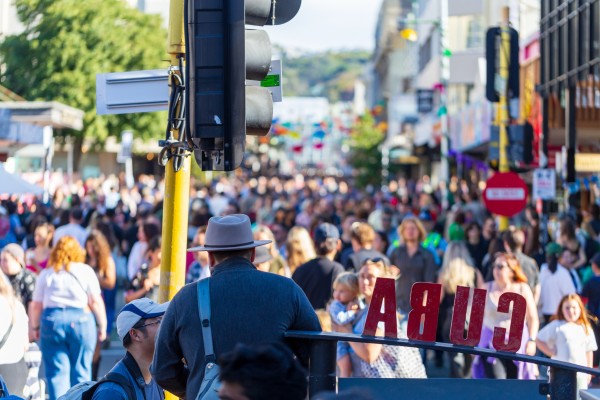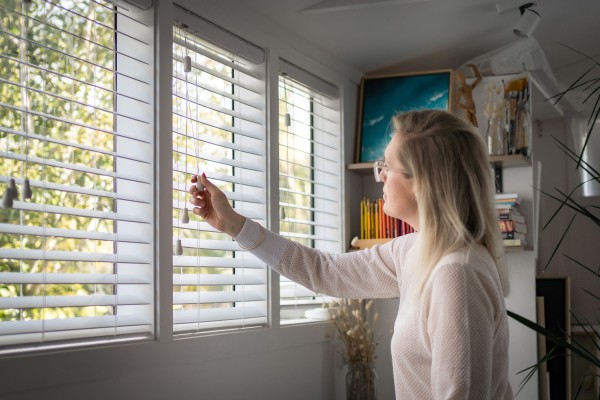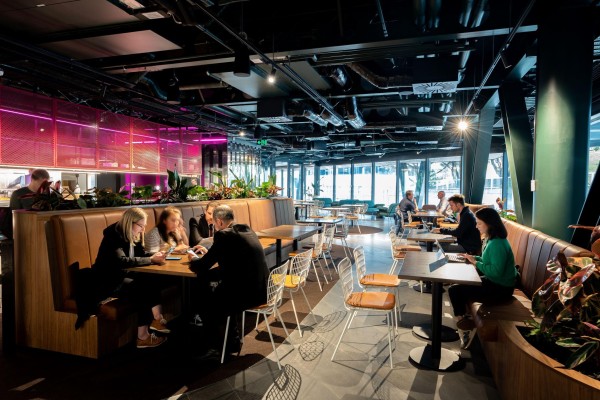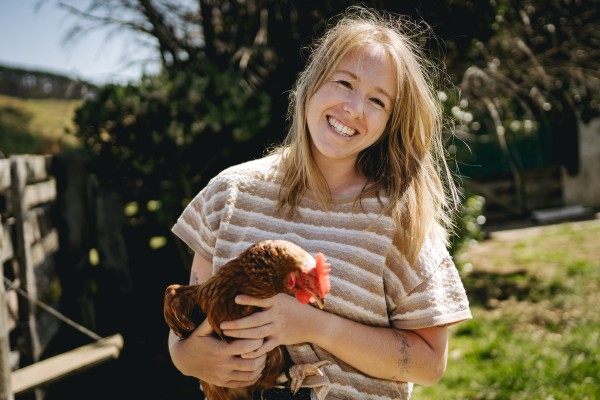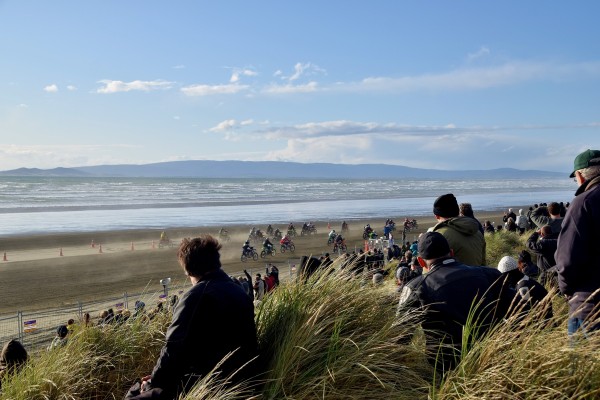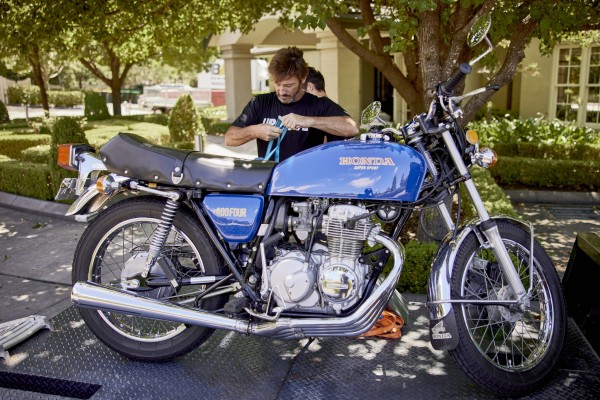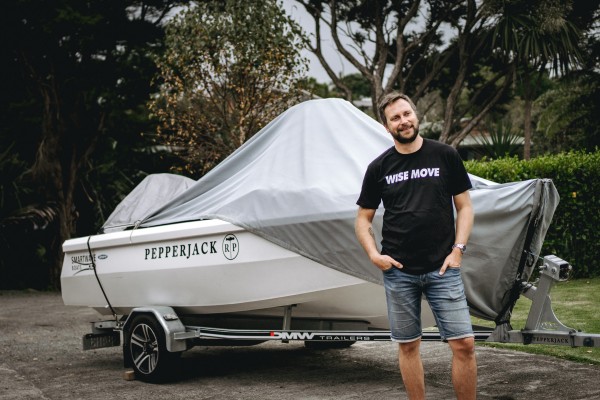
Arrival in New Zealand
Māori culture traces its roots to the Polynesian settlers who arrived in New Zealand around 1200 AD. These seafaring people navigated the Pacific Ocean in canoes called waka and were guided by the stars and ocean currents for their ancestral home of Hawaiki (likely one of the Tahitian Islands). Once settled in New Zealand, these travellers built a new culture unique to New Zealand. Today, Māori throughout New Zealand live in tribal groups called iwi and can trace their tribe’s origins to one of the seven canoes said to have brought their ancestors to New Zealand.
Te reo Māori (language)
The language spoken by Māori is known in New Zealand as te reo Māori. Like many indigenous languages around the world, its use declined after European settlement in New Zealand; however, it is growing in usage today and many non-Māori speak te reo Māori every day. Some simple and familiar words to try in te reo Māori include: “kia ora” (hello), “mōrena” (good morning), “haere mai!” (welcome) and “aroha” (love).
The Haka (dance)
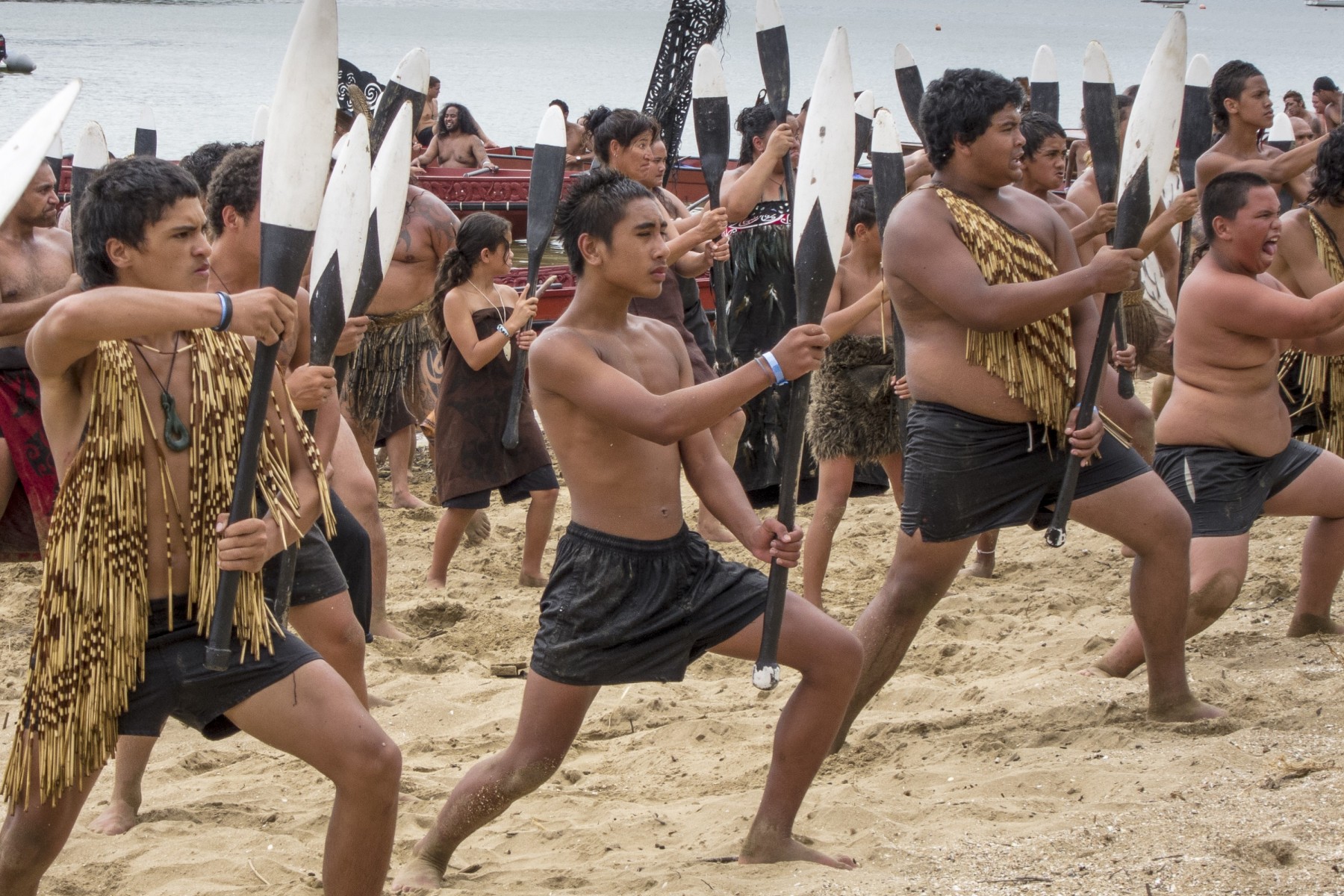
Māori are famous around the world for the haka. This dance has been made famous by the All Blacks rugby team who perform it before every game as a sign of respect and as a challenge to their opponents. It has become one of the most identifiable signs of Māori and New Zealand culture. The haka involves the rhythmic slapping of the body, loud chanting, stamping of the feet and sticking out of the tongue. Although many people think of it as a war dance, it comes in many varieties and is used for ceremonial welcomes and as a celebration of great achievements. A group of performances that do a haka are called kapa haka and they are a popular attraction for tourists visiting New Zealand.
Next to the haka, another popular dance is the poi , usually performed by women and involving hand actions with balls on a short cord swung around in a rhythmic pattern. Both haka and poi can be seen at the annual Te Matatini festival, New Zealand’s largest celebration of Māori cultural performance.
Waiata (song)
Singing is an important part of Māori culture and is often used in place of speaking during important events such as ceremonies and welcomes. The Māori term waiata covers a wide variety of situations for singing including chants, hymns and laments. A simple waiata that many New Zealanders know by heart is Te Aroha. Another, known well around the world is Pōkarekare Ana, famously performed by opera singer, Kiri Te Kanawa. Within the world of pop music, the 1980s hit song Poi Eblended traditional Māori song with contemporary styles such as hip-hop.
Māori Art
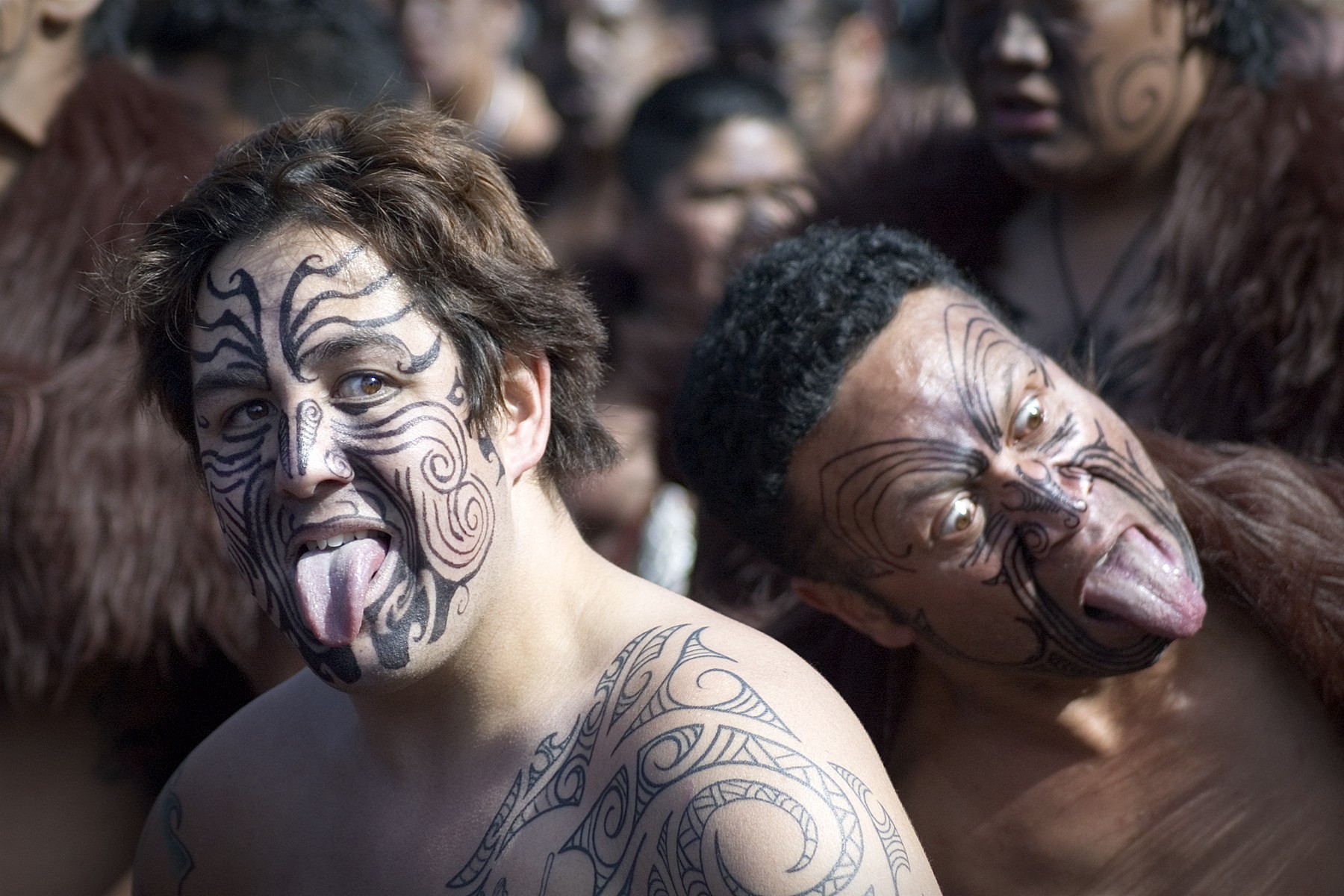
One of the most popular aspects of Māori art is the tattoo, called ta moko. These intricate designs carry stories about a person’s ancestry, social status and achievements, and are sometimes worn on the face. Receiving a traditional Māori tattoo is like a ceremony and the ink is tapped into the skin rather than punctured. A person’s tattoo design is unique to that person, like a fingerprint. Although getting a Māori tattoo is popular with visitors to New Zealand, visitors take care to discuss their design with the tattooist so that they choose something appropriate and unique to them.
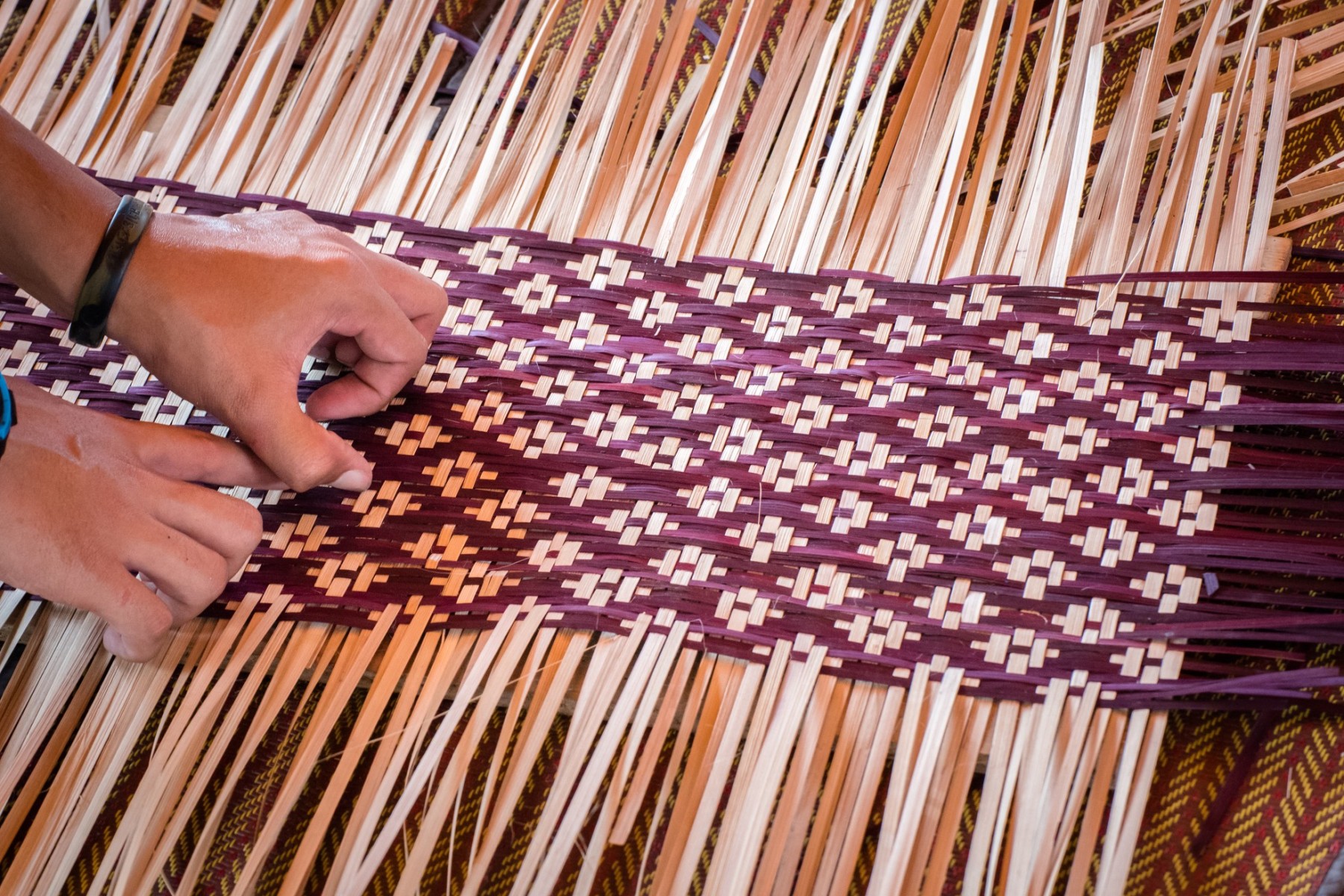
Weaving is a very popular form of art with intricate patterns made with natural fibres such as flax to make baskets (kete), skirts (piupiu), mats (whariki) and even architectural panels (tukutuku). Like tattoos, each pattern and design tells a particular story. Carving is similar, with cultural meanings and messages carved into materials such as wood, bone and greenstone (pounamu). Carved items such as jewellery are among the most popular souvenirs with tourists visiting New Zealand. Māori carvings and weavings can be seen in museums throughout New Zealand with the styles unique to tribes throughout the country being on display.
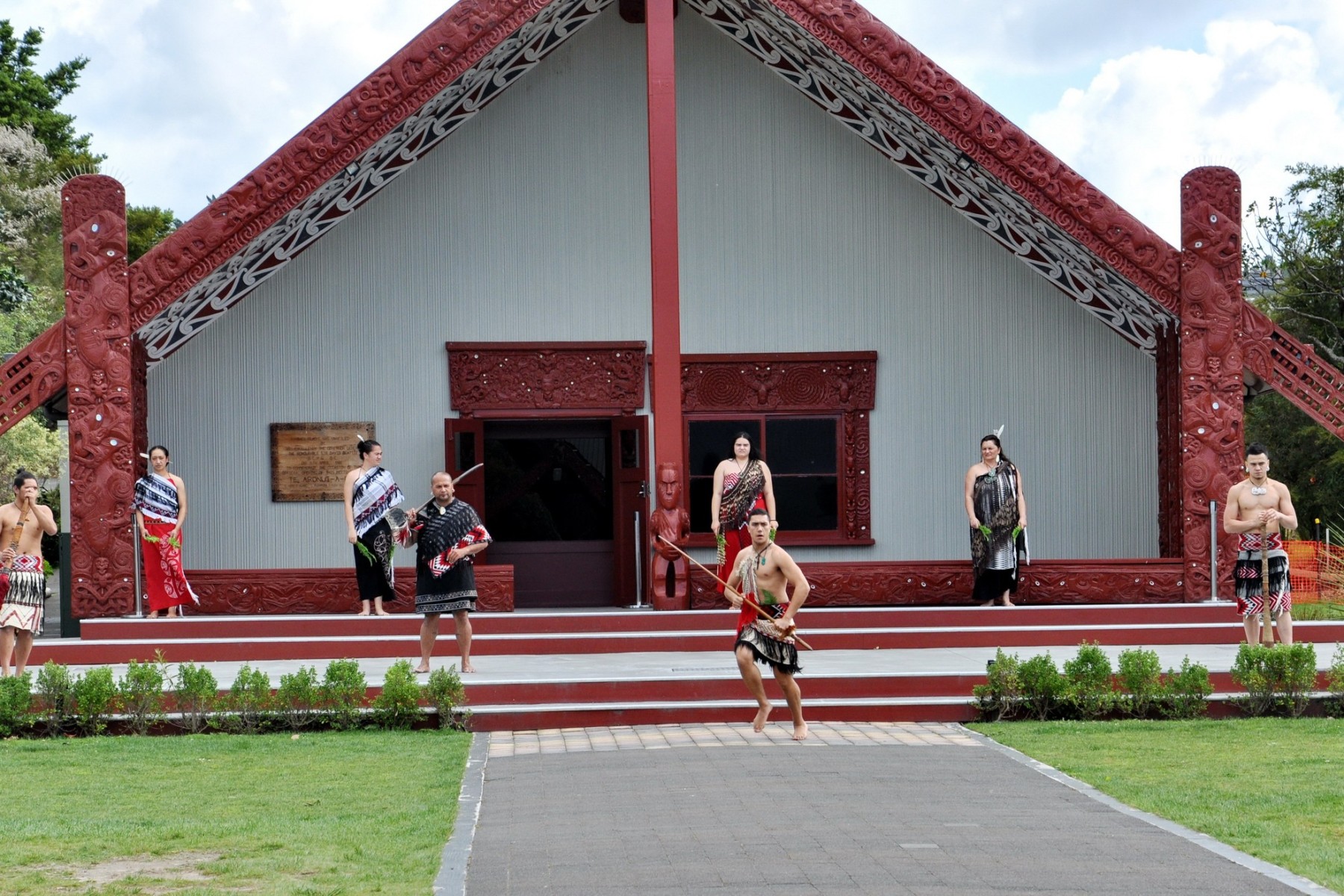
Māori architecture is centred on the marae, the space where community identity, customs and history are celebrated. Marae usually involves a wharenui (meeting house), a wharekai (dining hall) and an open space called the marae ātea which is adorned with intricate carvings and artwork telling stories related to the marae’s tribe.
Kai (Māori cuisine)

Māori food is a large part of New Zealand’s cuisine. Food in New Zealand is known to all by the Māori word kai. Naturally, with New Zealand being an island, seafood (kaimoana) is incredibly popular, particularly shellfish such as paua (abalone), kina (sea urchins) and eels. Perhaps the most famous Māori food is the kumara, a sweet potato that was traditionally one of the most important crops and is now one of New Zealand’s most beloved foods. Traditional Māori bread called rewena paraoa is made from potato and becoming popular amongst all New Zealanders.
One of the ways Māori traditionally cooked their food is in the hangi. This involves a pit dug into the ground and lined with heated stones. Meats and vegetables are wrapped and placed on the stones and then covered with earth to cook slowly. When ready, the food is tender and has a smoky flavour.
Celebrations

Along with all New Zealanders, Māori celebrate holidays unique to New Zealand. The first is Waitangi Day, celebrated on 6 February every year. This day commemorates the signing of the Treaty of Waitangi in 1840. Waitangi is the town where Māori and pakeha (white New Zealanders) became partners and New Zealand was born. The other important date in the New Zealand calendar is Matariki, the Māori New Year celebrated when the star cluster Pleides appears in the night sky around June each year. Matariki means the end of the harvest season and the start of a new agricultural year.
Māori Myths
Māori legends tell tales about how the natural world came to be. New Zealanders grow up hearing these stories, passed down from many generations. A good example is the creation myth that tells of Ranginui (Sky Father) and Papatūānuku (Earth Mother) holding each other in darkness. Their son, Tāne Mahuta (God of the forests) pushes his mother and father apart, creating space for Te Ao (light) to exist.
Another popular legend is the story of Māui, a god famous for his clever and daring adventures. Among the most well-known is his act of catching the sun with ropes in order to slow it down and lengthen the day for more time to work and play. A similar tale tells of Māui catching a giant fish with a fishhook carved from his grandmother’s jawbone. The fish became known as the Aotearoa’s North Island while his boat became the South Island.
Māori flora and fauna

Much of New Zealand’s nature and wildlife is native and is known to the world through names given by Māori before Europeans arrived and are essential parts of Māori culture. The kiwi is New Zealand’s most famous animal, known for not being able to fly. The moa is another famous flightless bird, now extinct and known as the largest bird to have ever lived. The kauri tree is New Zealand’s most treasured plant, known as the giant of the forest. Perhaps the most familiar plant is the silver fern, whose unfurling front is known as the koru, an image that appears frequently in art including on the design of Air New Zealand planes.
Where to experience Māori culture
Visitors to New Zealand frequently seek opportunities to engage with Māori culture and are well catered to with a generous range of indoor and outdoor experiences. The city of Rotorua in the central North Island remains the most familiar spot for tourists with its award-winning showcase of Māori culture. Foremost of Rotorua’s attractions is the Whakarewarewa – Living Māori Village.
When you visit New Zealand, museums in Auckland and Wellington are hard to skip and both Auckland Museum and Te Papa Tongarewa Museum of New Zealand are both world-class museums featuring extensive collections of art telling the stories of Māori. Te Papa even features Rongomaraeroa, its own marae.
Northland is an essential destination with the beautiful Waitangi Treaty Grounds overlooking the Bay of Islands. You can visit the original site where the Treaty of Waitangi was signed through guided tours, explore the museum and see various cultural performances. Northland is also home to New Zealand’s only contemporary art Gallery dedicated to Māori art, Whangarei’s Wairau Māori Art Gallery.
In the South Island, Kaikōura’s famous whale watching tours will give visitors insights into how Māori embrace the harmony between the land and the sea. Likewise, the Aoraki Mackenzie International Dark Sky Reserve offers one of the world’s finest star-gazing opportunities alongside an experience of Māori cosmology.
Everywhere you visit in Aotearoa will cater to visitors keen to experience Māori culture and an increasing number of tourism businesses are being led by Māori, guaranteeing the best insights into the culture. See the enormous range of experiences and plan your itinerary through excellent websites such as maoritourism.co.nz and newzealand.com.
What do our customers say?






For every (wise)move



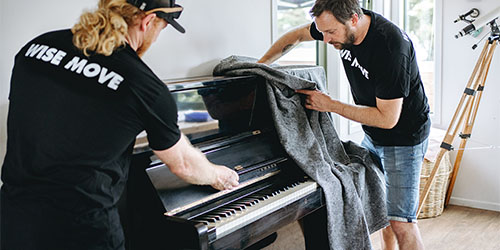



What’s happening?
Please notify us of any violations. This information will be kept confidential and shared only with Wise Move.
- It’s inaccurate or incorrect
- If you find it offensive
- It’s something else

